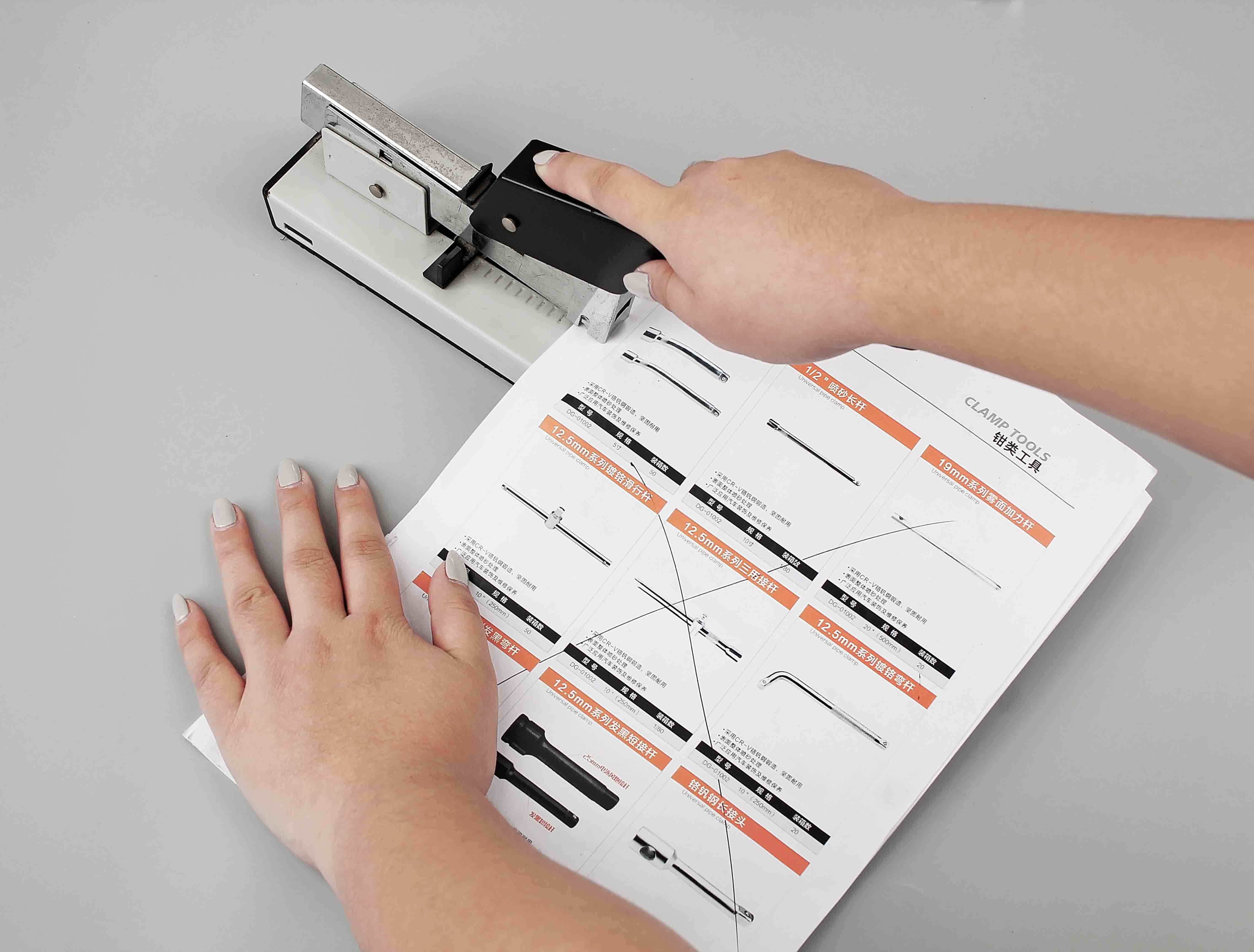The characteristics of water-based ink pigments meet the different needs of consumers for printed products. Since most of the water-based ink resins are alkali-soluble, it is necessary to use alkali-resistant pigments when selecting pigments. The pigment distribution density of water-based inks is much greater than that of solvent-based water-based inks, the surface tension polarity of water are very different solvents. It is difficult for water-based inks to disperse pigments, which directly affects the stability, viscosity pH of water-based inks.
The use of surfactants in water-based inks can increase the affinity of resins water the affinity of pigments water-soluble binders to solve the stability problems of water-based inks. The viscosity pH of ink need precise control. When the pH value is higher than 9.5, because the alkalinity is too strong, the viscosity of the water-based ink decreases, the drying speed becomes slower, the water resistance deteriorates; when the pH value is lower than 8, the alkalinity is too weak, the viscosity of the water-based ink increases, the drying speed Speeding up, there will be defects such as dirty version, paste version, foaming so on. When printing pigments for water-based inks, high-grade pigments with bright color, low viscosity, stable system should be selected.

Binders, pigments, additives are substances that make up water-based ink. The binder provides the necessary transfer properties of the water-based ink, the pigment imparts color to the water-based ink. Water-based oil binders are divided into water-diluted water-dispersed types. There are many types of resins that can be used in the former. The water-dispersed binder is obtained by polymerizing emulsified monomers in water. Aqueous ink is a two-phase system in which the oil phase is dispersed in the water phase in the form of particles. Although it cannot be dissolved by water, it can be diluted by water, so it can also be considered as an oil-in-water emulsion type.